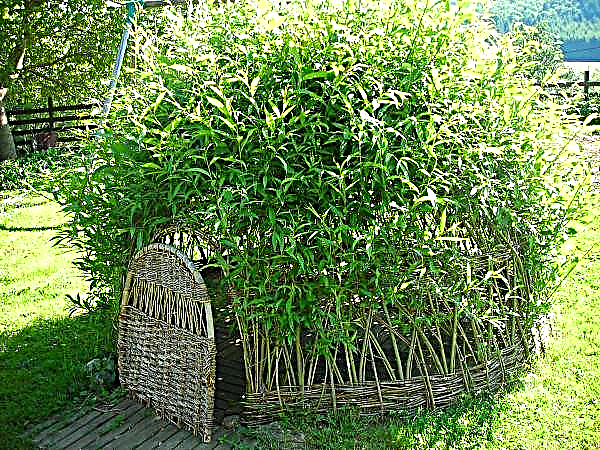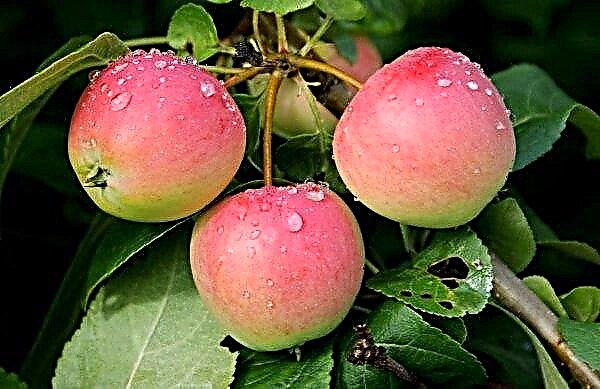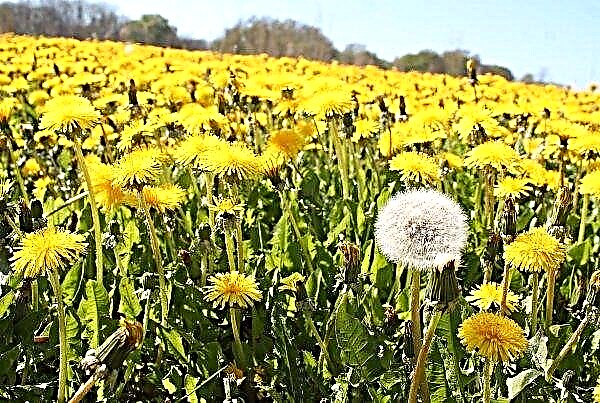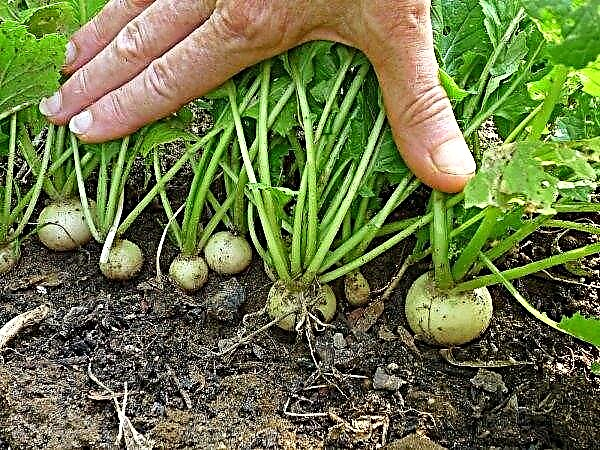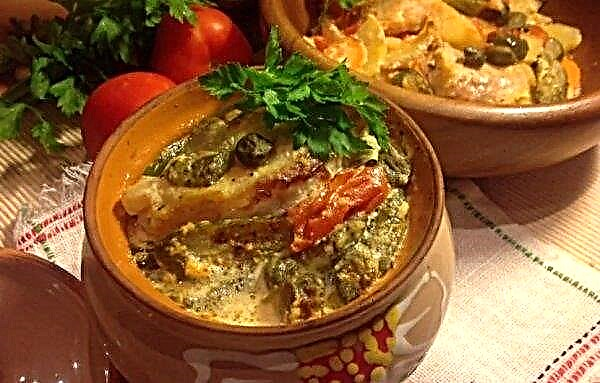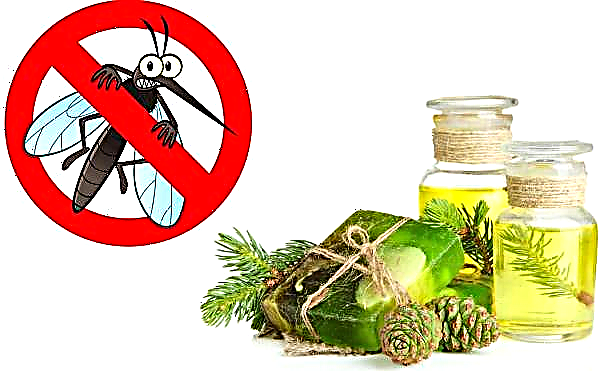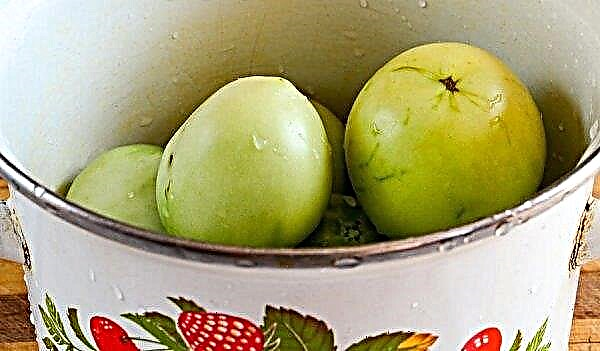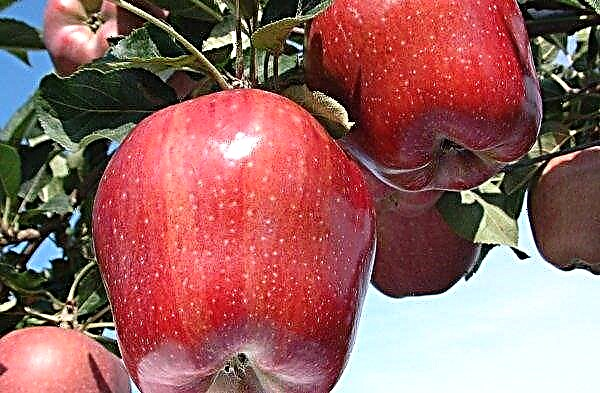Carrots are a bright and juicy root crop, without which cooking would lose a lot. Summer residents and industrial agricultural farms strive to produce better products. Not so long ago, the attention of vegetable growers was attracted by the little-known Dordogne F1 variety, which will be discussed in more detail in the article.
Description and characteristics of the variety
The plant forms a friable, upright rosette, with fine saturated green foliage of a dissected type. A root crop in the shape of a cylinder is characterized by an almost uniform thickening along the entire length. Its tip is very blunt. The color is smooth, without protrusions and growths, carrots are bright orange. The weight of the fruit in technical ripeness reaches 130 g, the length of the vegetable is from 18 to 25 cm. The diameter of the root crop in the widest part is 4–6 cm.
The pulp is ideal for processing juices and mashed potatoes: juicy, sweet, not fibrous. The central stem of the fetus is not rigid. The percentage of sugar contained in carrots is 7.1%.
Breeding history
The hybrid is the result of the painstaking work of the Dutch breeders from the well-known company Syngenta in the agrarian circles. At the beginning of the XXI century, the variety is zoned and recommended for cultivation in the northern regions of Russia.
Did you know? In the Guinness Book of Records, the fact of growing carrots 5 m long 81 cm is recorded. The record was set by a farmer from the UK, Joe Atherton.
Ripening time
Depending on the region and the quality of care, the root crop is harvested 110–140 days after emergence.
Variety Productivity
The yield is consistently high: up to 7.5 kg of fruits can be harvested from 1 m². External factors have practically no influence on the quality and quantity of the crop. Dordogne tolerates drought well, is not afraid of low temperatures.
Video: Planting, harvesting, storing Dordogne carrots
Disease resistance
Like all hybrids, Dordogne is resistant to disease. Cases of disease damage are rare, in the reviews of vegetable growers almost never occur.
Advantages and disadvantages
Among the undoubted advantages of the variety is its fantastic resistance to diseases and pests.
- Other benefits of the variety:
- drought and frost tolerant, grown up to the Far North;
- matures early;
- friendly shoots;
- stable harvest;
- the root crop does not turn green, does not lose shape, does not crack;
- perfectly transported and stored for a long time;
- excellent taste and texture of the pulp.
Growing Features
Variety cultivation in one place should not last more than three consecutive years, otherwise carrots will be attacked by insects and diseases.
Landing time
Sowing frost-resistant crops is carried out in early to mid-April in the southern and temperate latitudes, in May - in the north. The temperature of the topsoil should be + 6 ... + 8 ° С.
Important! It is not recommended to plant a crop after beets, celery, parsley.
Choosing a place and preparing the garden
The main condition for successful cultivation is a sufficient amount of light and heat. It is advisable to choose a site with a flat surface, not in the lowlands, where moisture accumulates, illuminated by sunlight.
Unsuitable soil composition and acidity will not prevent a good crop from growing, but the shape and taste of the fruit may suffer, therefore it is advisable to dilute the soil with a high acidity index with slaked lime:
- for sandstones - 3-4 kg / 1 m²;
- for clay soils - 5–7 kg / 1 m².

Heavy clay soil is loosened by sawdust. Soil preparation for planting is carried out in the fall, at the same time as cleaning from plant debris and digging.
Seed preparation and sowing
The hybrid does not give full-fledged offspring, its seeds need to be bought. It should be borne in mind that such seeds are already treated with protective and stimulating drugs. The only way to prepare in this case is by soaking for a day to facilitate peeling. After that, sowing is carried out in the prepared soil, leaving 4-6 cm of distance between the seeds. Too dense sowing will lead to the fading of the root crop. Between the rows on the bed leave 20–25 cm.
Crop Care
Dordogne will require less watering if the crops are pre-mulched. In caring for a vegetable, one should not forget about loosening the soil, as well as weeding.
Did you know? In the First World War in Germany, coffee was made for ordinary soldiers from dried carrots.
Watering
Carrots of this variety do not need frequent watering, on the contrary, excess moisture can trigger the development of fungi. The soil is irrigated at intervals of once every 10 days, the water should be warm, appropriate to the air temperature. Ideal liquid for irrigation - rain. 3 weeks before the expected harvest date, watering should be stopped so that the fruits do not become watery.
Fertilizer application
At the beginning of the growing season, fertilizers with a predominance of nitrogen are applied to the soil by irrigation (the mixture is diluted in 10 l of water):
- ammonium nitrate - 30 g;
- potassium salt - 15 g;
- superphosphate - 10 g.

Pest and Disease Control
As a result of heavy rainfall or some mistakes of the vegetable grower, carrots of this variety can have diseases, and crops can be attacked by pests.
Important! Prevention of diseases and pests is strict adherence to agricultural technology and crop rotation.
Methods of dealing with possible problems:
- Root rot - in this case, the effective and safe biological preparation Gamair should be used. Spraying can be carried out at all stages of the development of the root crop. The solution is prepared in a proportion of 1 tablet in 5 liters of water. Spraying is carried out in dry weather, and if it is planned to rain, then after it.
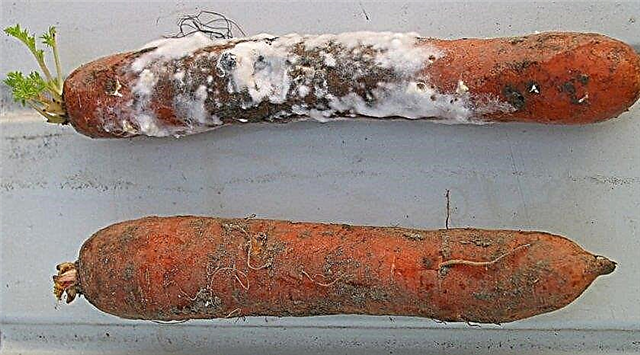
- Carrot fly - in this case, the drug "Confidor" is used, which is resistant to heat and not washed off by rain. Spraying is carried out with a solution diluted in a proportion of 1 ml of the drug in 5 liters of water.
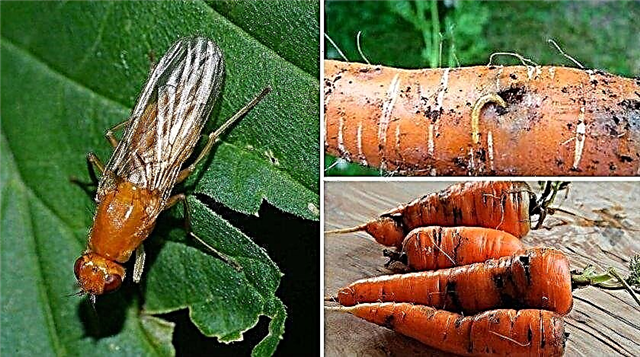
Harvesting and storage rules
Root crops are harvested in dry weather in late July or early August. The fruits dried from the adhering soil are dried. Storage is placed in a cellar or basement with a temperature of about + 4 ° C. The room must be dry, ventilated. Any containers with good ventilation are used as containers.
Carrot variety Dordogne has excellent technical characteristics. When growing it, a summer resident or a farmer will not spend much time on care, but will receive a large crop of tasty and juicy fruits.


